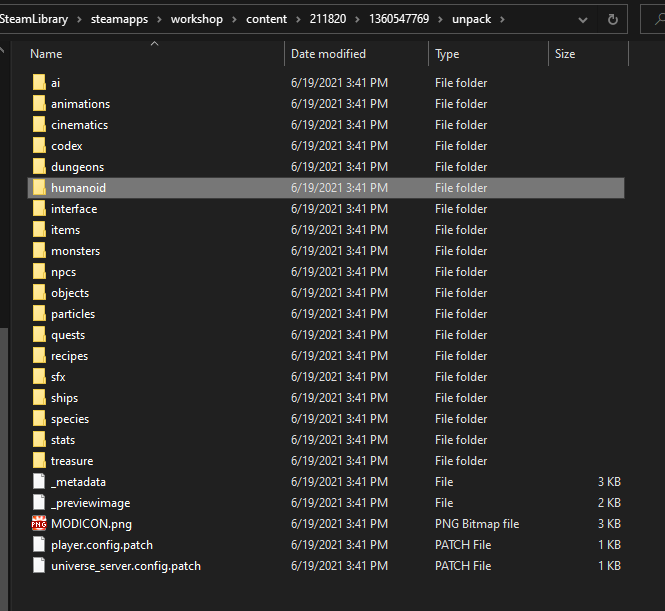
There's also an option for OLED management, should you own a SteelSeries mouse that sports a small screen. Lastly, the scroll wheel and logo lighting effects can be customized here, though this will be disabled if you're using PrismSync. A really cool feature is tactile cooldowns for certain games where you'd like tactile feedback on the mouse, to know when a specific ability is available for use. When you have a spare few minutes to fine-tune your mouse, this is where you'll need to spend them. You'll only really need to take advantage of this in certain situations like gaming and general use where you have select buttons configured for certain actions in programs or Windows.įinally, the right panel houses sensitivity, acceleration, angle snapping, and polling rates. It's a fairly in-depth system that allows for some serious customization.

Or, set AllowSavePwd value to A to allow users to save their passwords for non-secure stores. Clicking each one allows you to manage the following: In Dazzle, set AllowAddStore value to A to allow users to add non-secure stores. We're focusing this guide on Windows 10, but since the Local Group Policy Editor has been around for a long time, the same instructions will also apply for Windows 8.1 and Windows 7.The list of buttons on the left corresponds to all the programmable buttons on the mouse, which include the scroll wheel. Once you complete the steps, you can use the new console to set custom policies that will only apply to that specific user or group of users.įor instance, if you share the device with other users, you can disable access to the Settings app and Control Panel to prevent users from making system changes, or you can customize the experience by enabling and disable certain features without affecting your account.

Quick tip: If you're trying to change settings for users with a Standard user account, then select Non-Administrators from the list. Select the user or group you want to apply a specific set of configurations.

In your terminal window, open the hosts file using your favorite text editor: sudo nano /etc/hosts.

The instructions below are valid for all macOS versions. Modify Hosts File in macOS On macOS, the full path to the file is /etc/hosts. In this Windows 10 guide, we'll walk you through the steps to change advanced system settings for a specific user or group. Save the changes by clicking File > Save.


 0 kommentar(er)
0 kommentar(er)
